Fast & Free Delivery | 30 Day Worry Free Returns
Are you in the right place?
Shop in your home currency
Order in the next for same day dispatch
Save big with bulk discounts! We help teams of all sizes create an active workspace built to succeed.
Get Started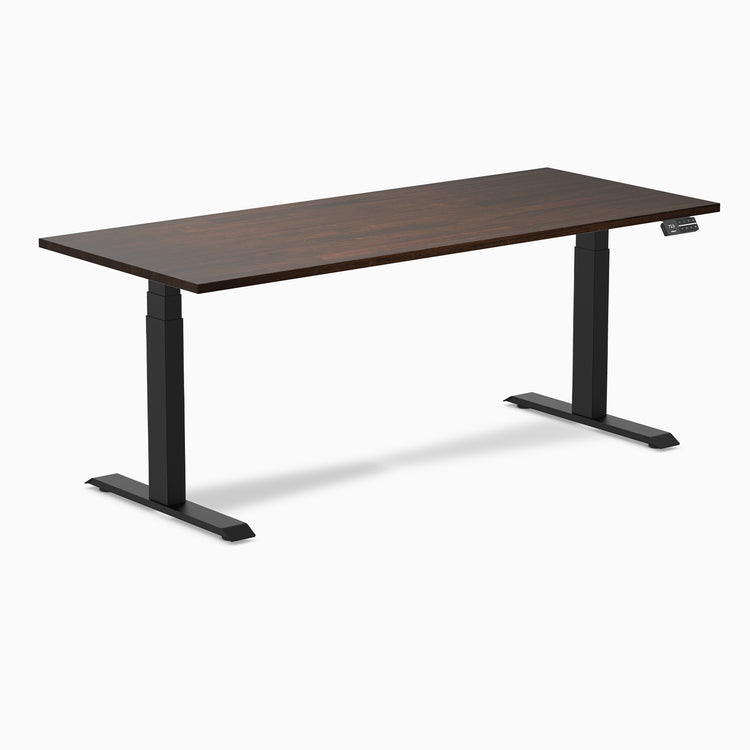
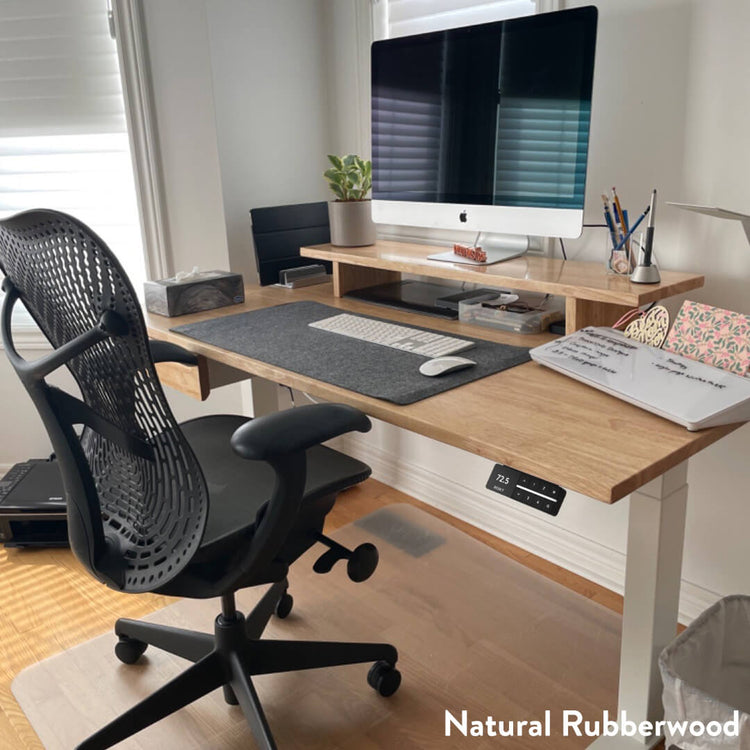
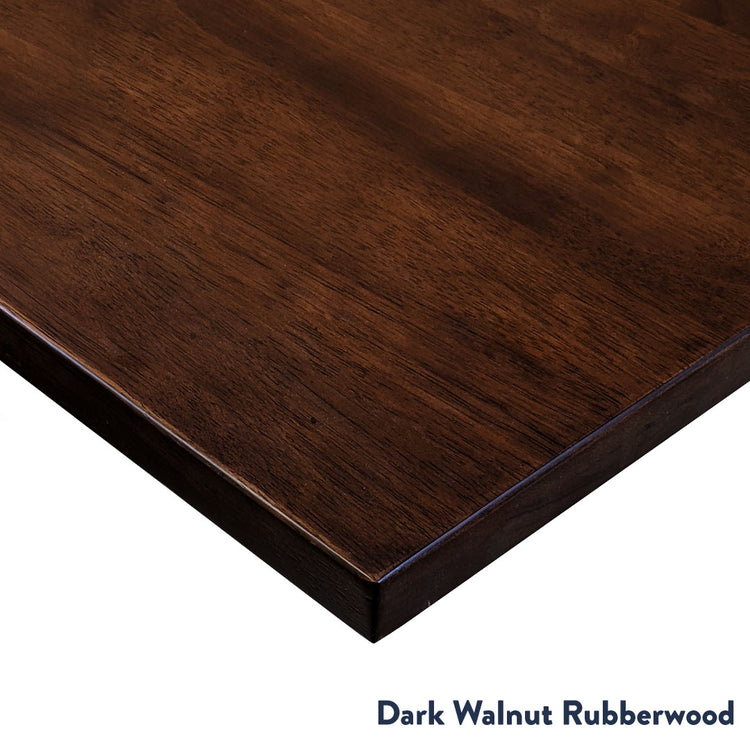










































































A desk that promotes activity. The Desky Dual adapts effortlessly to your preferred height, supporting your active lifestyle whether you're sitting or standing.
23.6" - 49.2"
Up to 308.6lbs
4 Saved Heights
1.4"/Second
Invest in peace of mind. Our exceptional desk quality ensures that they withstand the test of time. Elevate your workspace with the assurance of longevity.

for all parts
One tool, hassle free. Assemble your Desky in under 30 minutes.
Enjoy Free US shipping. Orders placed before 12pm EST are shipped same day!
Designed with you in mind. Say hello to a better work day - Improve both comfort and productivity.
An adjustable frame that allows you to change desktop sizes depending on your needs.
Save space and declutter your desktop with Desky’s easy to fit cable management design. Featuring cut-out areas that neatly fit multiple power ports will allow you to power up to 10 additional power points. The slim design works well with Elsafe Plugin Power Boards, allowing you to maximise room for any additional cables or bulky items.
Powered Devices
Access
Cord to Wall
& Declutter

Tested by BIFMA, EESS and TÜV Rheinland to ensure the highest standards.

Our sit stand desk frames are available in four distinct finishes to suit any style and preference. The matte black finish exudes a sleek and modern vibe, perfect for a contemporary workspace. Space grey offers a sophisticated and neutral option, blending seamlessly with various decor styles. The gray finish provides a subtle and versatile look, making it an ideal choice for both professional and home office settings.
Lastly, the white finish brings a clean and fresh aesthetic, brightening up any room and creating an airy, open feel. Each finish is designed to enhance your workspace with both functionality and style.

Assemble your Desky Desk effortlessly in under 30 minutes.

Additionally, a simple screwdriver is all you need, ensuring an uncomplicated setup.

Our desktops are available in a wide range of sustainably sourced materials including laminate, softwood, rubberwood, bamboo, and hardwood, all featuring our market-leading 1" thickness.
See our 30+ desktop finishesGreen Tag Certification: Desky supports responsible forest management and is committed to producing quality products from quality materials that are backed by globally recognised certifications. Global GreenTag is a Product Sustainability Certification, Product Health and Environmental Product Declaration Program Operator relevant to all of the major green building rating tools in the world (FSC, PEFC, Responsible Wood).

Level A - Free of VOCs

Sustainably grown and forested.

Sourced sustainably, socially ecologically & economically viable.

Sustainably managed forests

Desky uses sustainably sourced and manufactured rubberwood for their desk tops, which come from Vietnam. The rubberwood is sourced from trees that have reached the end of their latex production life cycle, reducing waste and environmental impact. The wood is then kiln-dried, glued together, sanded, finished, and treated for durability. The resulting desk tops are eco-friendly, strong, long-lasting and come in a variety of different colours.
Strong Finger Joint: Our rubberwood desktops are constructed with planed planks from the rubberwood tree that has been precision cut with finger joins on the inside of the planks to keep the top of the desk looking clean and natural. The joint is composed of wedges that mesh together to form a strong bond between adjoining planks.
Protective Clear Coat: The desktop is then stained to the finish of your choice and finally coated with a single-pack clear coat to protect the natural or stained look of the wood. The coating is spill resistant and aids in increasing the longevity of the desk by sealing and protecting the raw planks of wood, bringing them to light with increased saturation of the wood's natural appearance.
Threaded Inserts: Desky Desktop Inserts are designed and placed on our desktops with precision engineering to ensure optimal longevity. These machined threads enable precise tabletop installation on the frame, as well as the ability to build and disassemble your Desky as needed. This will ensure that your tabletop lasts a lifetime.


Desky’s wooden desktop range contains no Formaldehyde resin in the manufacturing process. Meaning your home and office will be safe from any harmful chemicals.

Our desktops are air dried, coated with a single-pack lacquer and then air-cured before being packaged up. This process protects the beautiful natural finish of the wood, enhances its natural grains and tones and ensures there are no volatile organic compounds once finalised.

Desky promises that the highest quality materials and manufacturing procedures are met to ensure no harm to users young or old. All of our desktops meet Australian standards and cause no risk to any working environment.

Our clean and sustainable manufacturing procedures maintain the highest level of engineering and craftsmanship resulting in an odour-free clean work surface that won’t stink out your office with a new furniture smell.
Embrace comfort and innovation with features like Siri integration,
collision avoidance, and a sedentary reminder.
Your desk, your way. No compromise.


Compatible with:




Versatile, dependable, and remarkably user-friendly. The Desky accessories lineup has been carefully crafted for professionals. Enhance your workstation with our specialized monitor arm and PC mounting options. Designed with precision and care, they seamlessly integrate with our Desky Dual Sit Stand Desks.
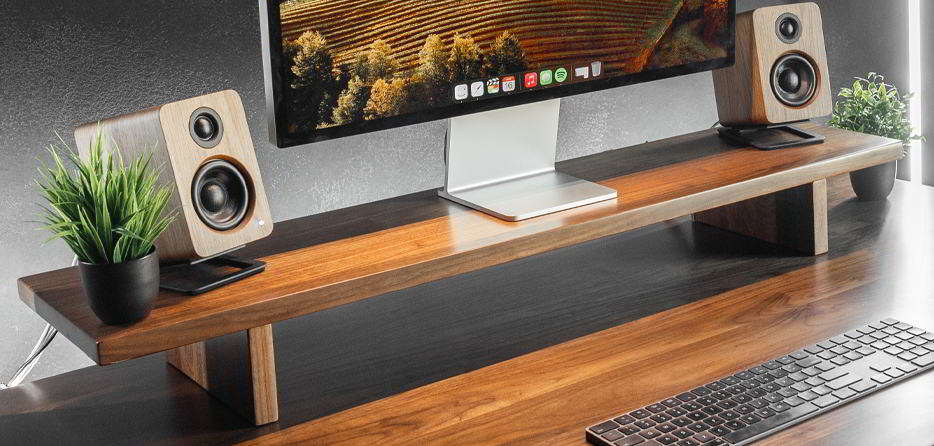
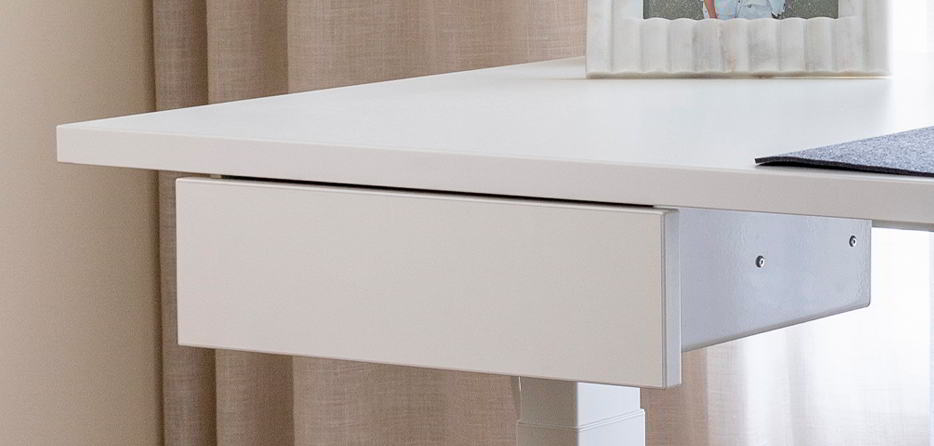

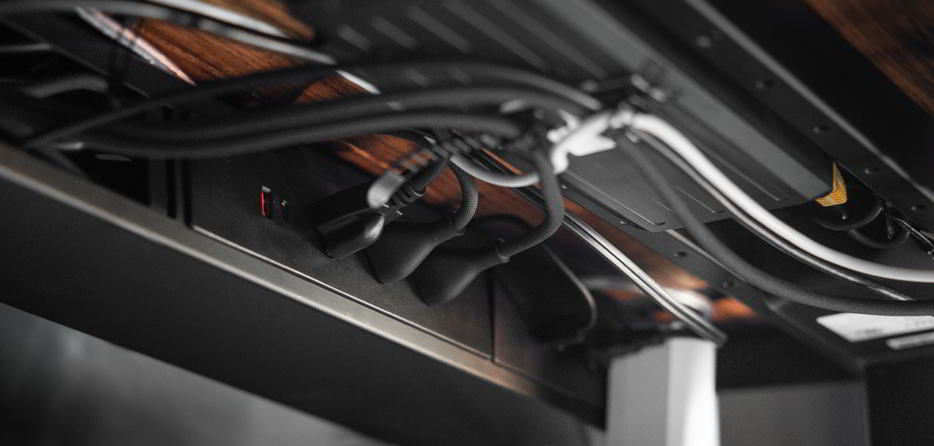
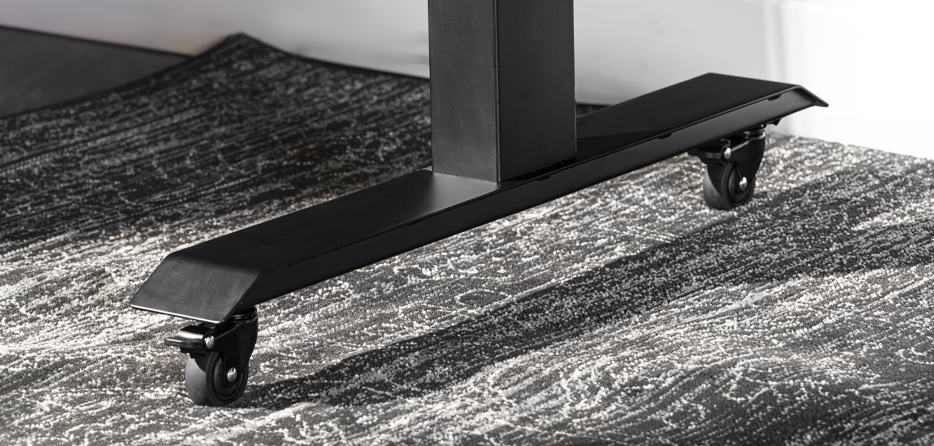


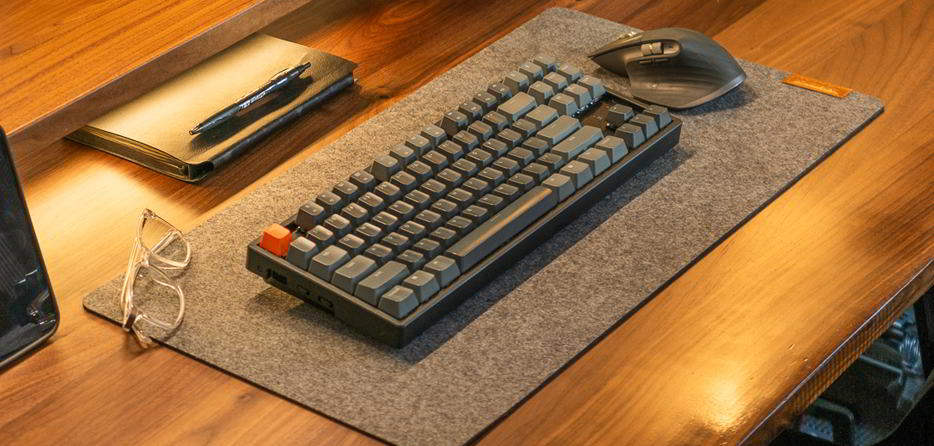

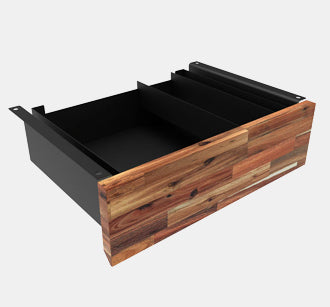
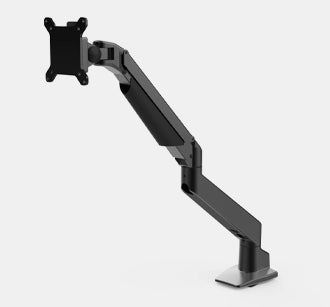



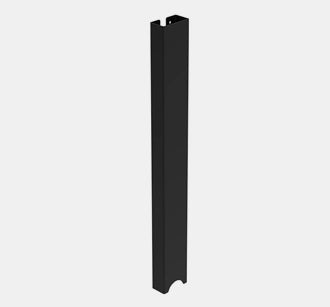
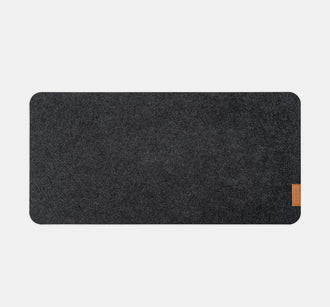

| Height Range | 23.6" - 49.2" (without desktop) |
|---|---|
| Gross Weight | 79.4 lbs
|
| Travel Speed | 1.4" per second loaded |
| Noise Level | 40db in motion |
| Base Width | Suits desks 43.3" - 94.5" |
| Weight Capacity | 308.6 lbs
|
| Input Power | 110v |
|---|---|
| Transformer Power | 350W (0.1W on standby) |
| Cable Management Style | Integrated cable channel recommended |
| Hand Controller | 4 memory presets |
| Upper & Lower Limits | Yes - Programable by user |
| Overload Protection | Yes |
| Core Material | Natural Rubberwood |
|---|---|
| Finish | Clear Polyurethane hard wearing finish |
| Colours | Dark Walnut, Red Walnut, Light Oak, Natural |
| Standard Sizes | 48x30", 60x30", 72x30", 80x30" |
| Desktop Thickness | 1"
|
| Frame | Box 1 of 2 Dimensions: 41.7" x 10.2" x 4.7" Weight: 26.5 lbs |
|---|---|
| Legs | Box 2 of 2 Dimensions: 25.2" x 14.2" x 5.9" Weight: 39.7 lbs |
| Desktop | 48"x30" : Dimensions: 52" x 34.3" x 3" Weight: 41.9 lbs 60"30" : Dimensions: 63.8" x 34.3" x 3" Weight: 50.7 lbs 72"x30" : Dimensions: 75.6" x 34.3" x 3" Weight: 59.5 lbs |

In short, the DESKY Dual Sit Stand desks offers a greater weight capacity and height range and better stability at raised heights with dual motors and a 3-stage lifting system. This is ideal for heavier computer setups and those wanting the best sit to stand height range.
The DESKY Single Sit Stand desk frame is powered by a single electric motor that has an 176.4 lbs capacity and height range of 28.7"-48.4". The DESKY Dual Sit Stand desk frame is our premium desk frame powered by a dual motor system with 308.6 lbs capacity and best in class height range of 23.6"-49.2".
No, unfortunately our Rubberwood desktop range is only available in select sizes and a rectangular shape.
Yes, we offer this frame in 3 colours: white, matte black and gray.
Unfortunately Ergo Edges are not available for these desktops but we do have specific desktops available with Ergo Edges in a number of colours and finishes.
Our Rubberwood desktops are made from 100% solid wood and are built to last. The desktop is thicker than most desktops at 1" and there are metal support braces within the desktop itself to help prevent sagging under load and at longer lengths.
Solid wood desktops are very durable and will even harden over time. However, being a real wood they are still susceptible to scratches and dents but this is not always a bad thing as it can add to the character of the desktop over time! As part of the ageing process real wood will also get slightly lighter or darker with age.
Rubberwood furniture undoubtedly has its merits. Characterized by its robust nature, rubberwood withstands the test of time due to its resistance to insect damage and decay. Thus, for indoor furniture, rubberwood presents an excellent choice. The strength of this hardwood infers that furniture made from rubberwood maintains structure and form for several years.
Yes, our Rubberwood desktops have a smooth, flat surface finish and are coated with a durable polyurethane finish.
Yes, our Rubberwood desktops come with pre-drilled holes for easy assembly of the desktop to your desk frame. You do not need a power drill or tools, just a Phillips head screwdriver and the included hex keys.
Yes, we offer the same desk frames that we use for all of our height adjustable sit stand desks as frames only so you can use an existing desktop. This is a great option for existing office spaces that have matching cabinetry and furniture. You can view our Sit Stand Desk Frames here.
Assembly will take as little as 30 minutes and each Rubberwood desktop we supply comes with pre-drilled holes to make assembly as quick as possible without needing any power tools. You can do this by yourself but we do recommend having two people to turn the desk over when finished assembly.
For detailed, step by step instructions please watch the assembly video for each desk or refer to the instructions manual included with each desk.
We recommend leaving your desk plugged in continuously – the desk has a low draw power supply to help minimise power consumption.
A balance board can be a valuable addition to your standing desk setup. It promotes movement and can help improve your balance and posture, potentially leading to better cardiovascular health and calorie burn. Discover more about the benefits of standing on a balance board for your body.
However, it's important to consider any balance issues or joint concerns you may have, as these could affect your experience with a balance board. Ultimately, the decision to use one should be based on your personal comfort and health needs.
Working at a standing desk alone can still be considered sedentary if you're not actively moving or changing positions. While standing burns more calories than sitting, prolonged static standing can also lead to health issues.
To combat sedentary behavior, it's essential to incorporate movement into your routine, such as stretching, walking breaks, or alternating between sitting and standing. Learn more about the potential sedentary nature of standing desks here.

